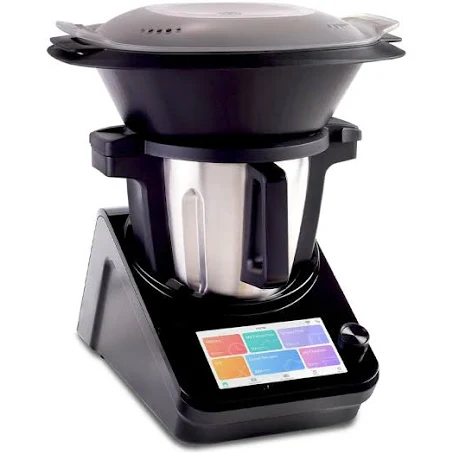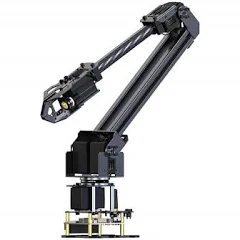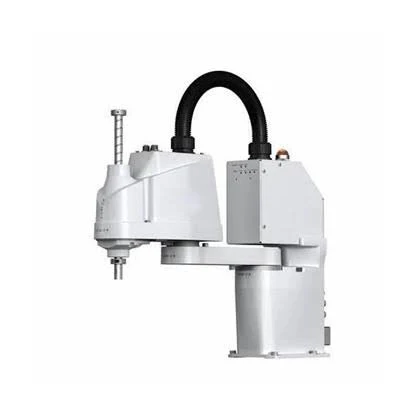Description
An automated plant watering robot is designed to autonomously water plants based on predefined schedules or real-time moisture sensing. Here are key features and considerations for such a device:
Key Features to Consider:
- Watering Mechanism:
- Precision Watering: Ability to deliver water directly to the plant’s roots.
- Adjustable Flow: Control water flow rate and volume based on plant needs.
- Moisture Sensing:
- Soil Sensors: Detect soil moisture levels to determine when watering is necessary.
- Smart Irrigation: Adjust watering schedules based on real-time soil moisture data.
- Water Supply and Capacity:
- Water Reservoir: Capacity to hold sufficient water for multiple plants.
- Automatic Refill: Option for automatic refilling or notification when water levels are low.
- Power Source:
- Battery Operated: Uses rechargeable batteries for cordless operation.
- Solar-Powered: Option for solar panels to charge batteries for sustainable operation.
- Programming and Control:
- Schedule Programming: Set watering schedules and intervals based on plant species and environmental conditions.
- App Control: Remote monitoring and control via smartphone apps for adjusting settings and receiving alerts.
- Weather Resistance:
- Outdoor Use: Designed to withstand outdoor weather conditions such as rain and sun exposure.
- Durability: Materials and construction that ensure longevity and resistance to environmental wear.
- Compatibility:
- Plant Types: Suitable for indoor and outdoor plants, including potted plants and garden beds.
- Size and Design: Compact design that fits different plant setups and garden configurations.
- User Interface:
- User-Friendly Interface: Intuitive controls and display for easy setup and operation.
- Notifications: Alerts for low water levels, maintenance needs, and system status updates.
Benefits of an Automated Plant Watering Robot:
- Consistent Watering: Ensures plants receive adequate moisture without under or overwatering.
- Time-Saving: Automates watering tasks, freeing up time for other gardening activities.
- Plant Health: Promotes healthier plants by maintaining optimal moisture levels and reducing stress.
Considerations:
- Initial Setup: Installation and calibration for optimal performance.
- Maintenance: Regularly cleaning sensors and components to prevent clogging and ensure accuracy.
- Cost: Initial investment and ongoing operational costs.
Emerging Technologies and Brands:
Several companies are developing automated plant watering systems, from basic drip irrigation setups to advanced robotic solutions with AI-driven capabilities. Brands like Gardena, Xiaomi, and GreenIQ offer various models that cater to different gardening needs and automation levels.








Reviews
There are no reviews yet.